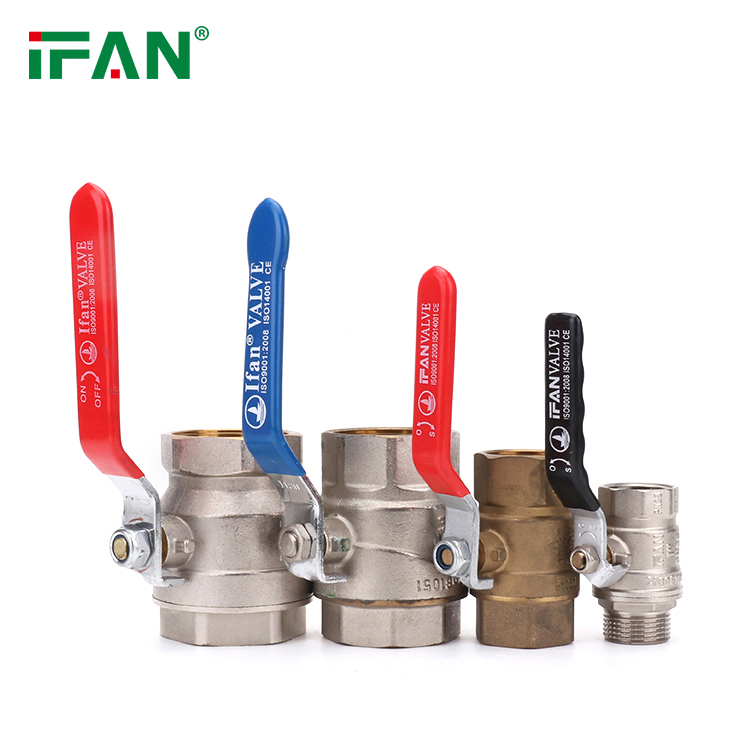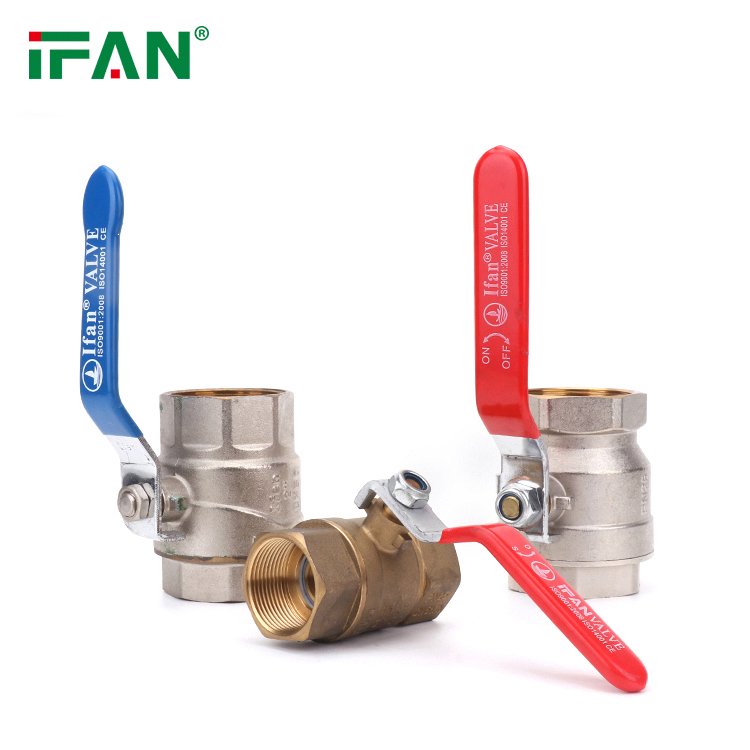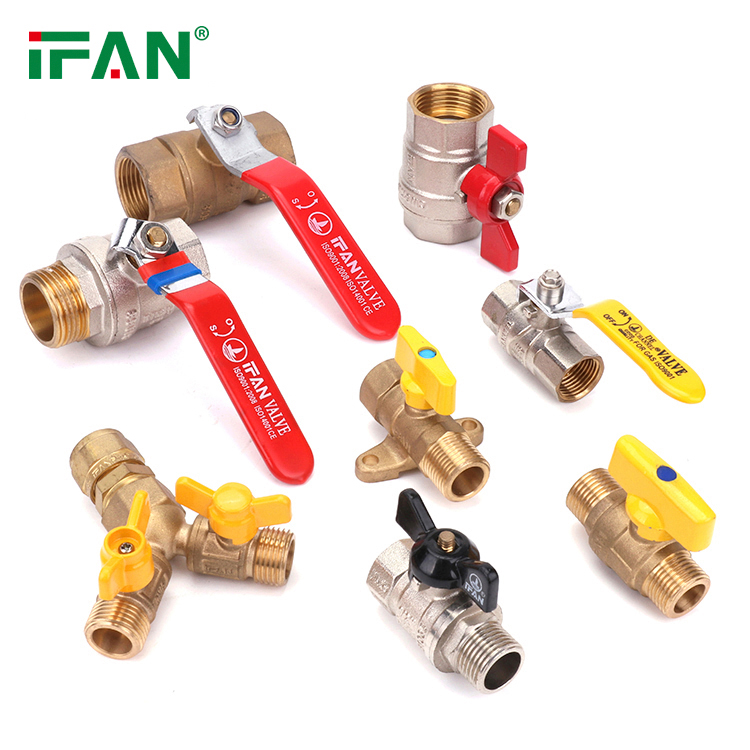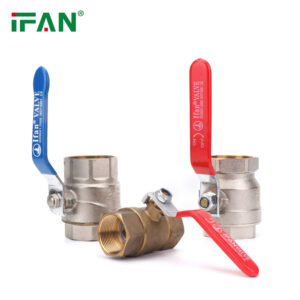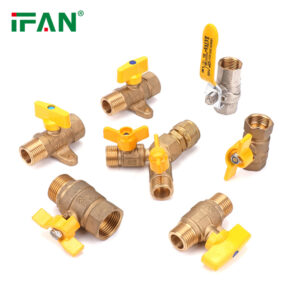Description
IFAN factory 30+ years manufacture experience support color /size customization support free sample.Welcome to consult for catalog and free samples.This is our Facebook Website:www.facebook.com,Click to watch IFAN’s product video.Compared with Tomex products, our IFAN products from quality to price are your best choice, welcome to buy!
1. Introduction to Brass Ball Valves
Brass ball valves are essential components in various fluid control systems due to their robustness, precision, and reliability. These valves operate by using a spherical ball with a hole through the middle to control the flow of liquids or gases. The ball rotates within the valve body to open or close the passage, allowing or restricting fluid flow. Brass ball valves are typically employed in plumbing, HVAC systems, and industrial applications. Understanding the differences between manual and automated control of these valves is crucial for selecting the appropriate system based on operational needs.
2. Manual Control: Simplicity and Directness
Manual control of brass ball valves involves using a hand-operated lever or knob to adjust the valve’s position. This method offers a straightforward and cost-effective solution for fluid control. Manual valves are favored for their simplicity, ease of installation, and low maintenance requirements. They are particularly suitable for applications where frequent adjustments are not necessary or where a straightforward on/off control is sufficient. Manual control is ideal for smaller systems or in scenarios where the operational environment does not demand high precision or remote management.
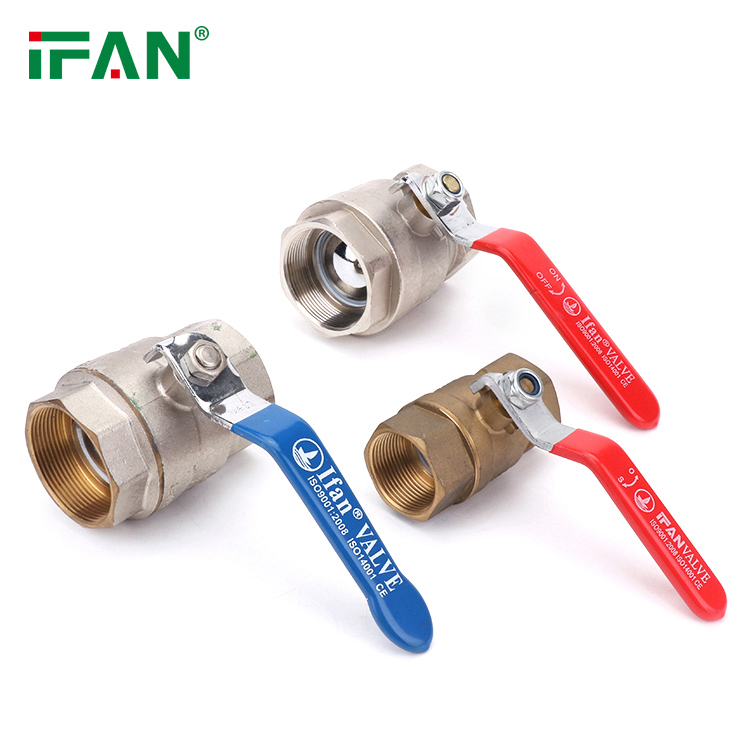
3. Automated Control: Efficiency and Precision
Automated control of brass ball valves involves integrating electrical or pneumatic actuators to operate the valve. This method provides significant advantages in terms of efficiency and precision. Automated valves can be programmed to open or close at specific intervals or in response to various sensors, enabling remote and real-time control of fluid flow. This is particularly useful in complex systems where precise control is essential or where the valves are located in hard-to-reach areas. Automated systems contribute to operational efficiency, reduce manual labor, and can improve overall system performance by providing accurate and consistent control.
4. Comparing Operational Costs
When comparing manual and automated control, operational costs play a crucial role in decision-making. Manual valves generally have lower upfront costs and do not require additional infrastructure or components, making them a budget-friendly option for simpler systems. However, they may incur higher long-term costs in terms of labor and operational inefficiencies, especially in systems requiring frequent adjustments. On the other hand, automated valves involve higher initial investment due to the cost of actuators and control systems. Yet, they can result in cost savings over time by reducing labor, minimizing downtime, and improving system efficiency. The choice between manual and automated control should consider both initial and long-term costs to ensure the best economic outcome.
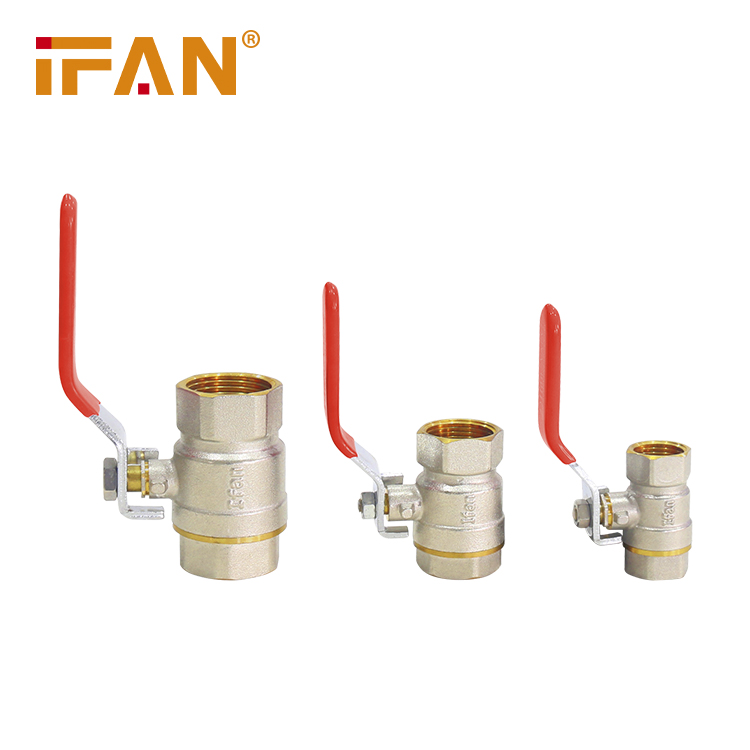
5. Application Suitability and Future Trends
The suitability of manual versus automated control for brass ball valves largely depends on the specific application and future operational needs. Manual valves are well-suited for straightforward, low-frequency applications where simplicity and cost-effectiveness are priorities. Automated valves excel in applications requiring high precision, remote control, and integration with modern control systems. As industries continue to advance, there is a growing trend toward automation and smart technologies. Future developments may see further enhancements in automation capabilities, including more sophisticated control algorithms and integration with IoT systems, which will likely influence the adoption of automated brass ball valves in various sectors.
In summary, the choice between manual and automated control for brass ball valves depends on factors such as operational complexity, cost considerations, and specific application requirements. Manual control offers simplicity and low initial costs, while automated control provides enhanced efficiency, precision, and the capability for remote management. Understanding these differences helps in selecting the appropriate valve control system to meet operational demands effectively and align with future technological advancements.
Related products
-
Ball Valve
Brass Ball Valve
-
Ball Valve
Barss Ball Valve – FM


